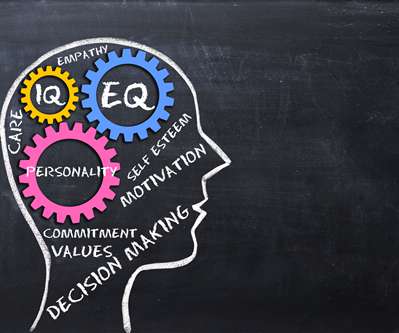Education in the Era of COVID-19: Why Connection Matters
Digital Promise
MAY 27, 2020
With digital learning likely to stretch into the fall due to COVID-19, how can we ensure every student has equitable access to powerful learning opportunities? The crisis has shone a harsh light on the digital divide in the United States, surfacing thoughtful debate and long-overdue discussion around the equity gap.















Let's personalize your content